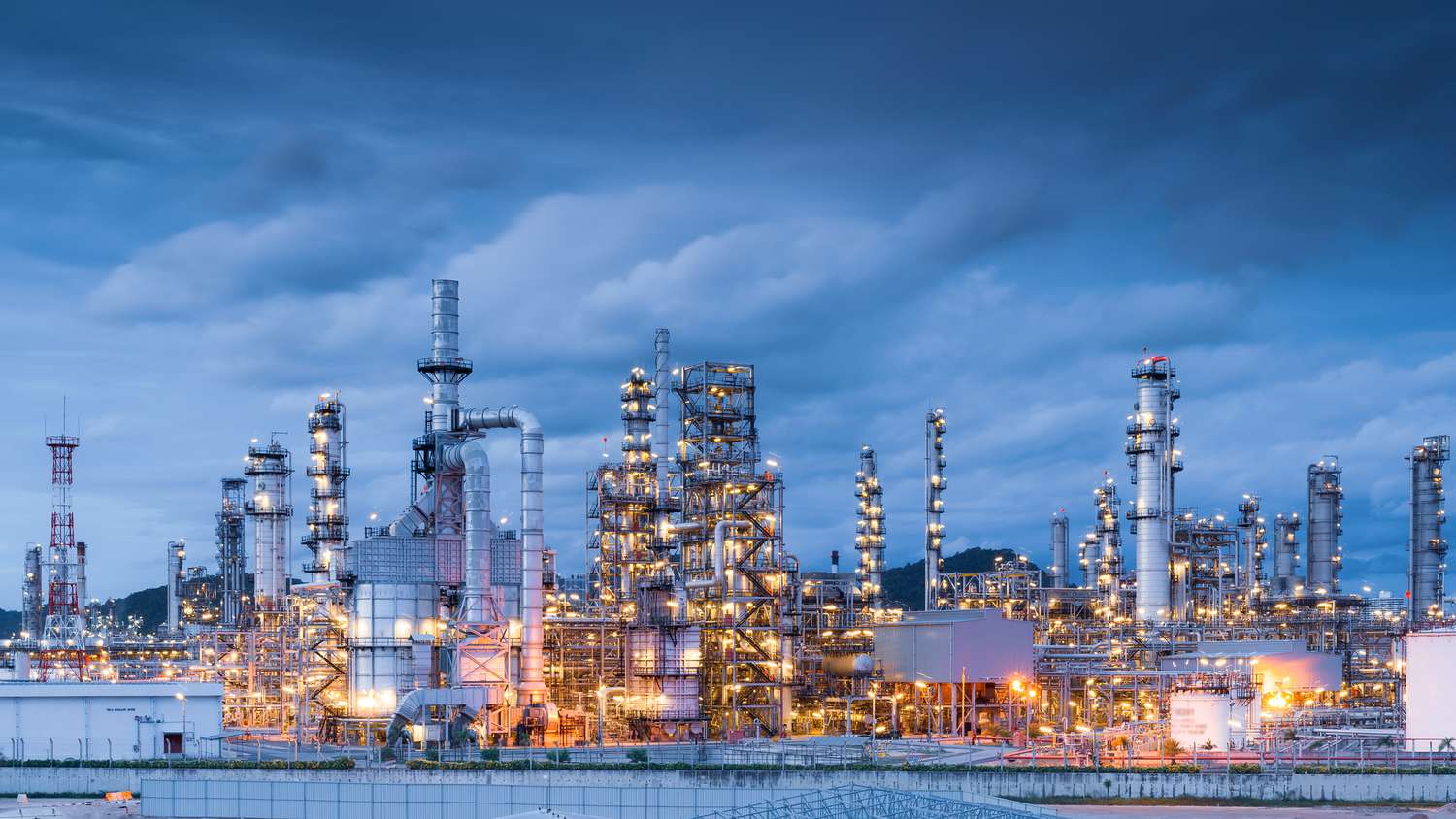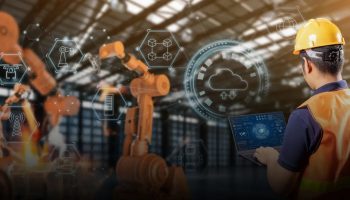Industry, in its broadest sense, refers to the economic activity concerned with the production of goods, services, and raw materials. It has historically been the backbone of economic development and innovation, shaping the way we live, work, and interact with the world around us. From the humble workshops of the early pre-industrial era to the sprawling, high-tech factories of today, the evolution of industry has been marked by constant change, driven by technological advancements, shifting consumer needs, and the global forces of supply and demand. As we stand at the cusp of another industrial revolution, it’s crucial to examine how industry has evolved, what challenges it currently faces, and what the future may hold for this vital sector.
The Industrial Revolution: A Pivotal Turning Point
The term “industrial revolution” evokes images of smokestacks, assembly lines, and massive factories—scenes that defined the world from the 18th century onward. The first industrial revolution, which began in the late 1700s in Britain, was sparked by a confluence of factors: the rise of steam power, the advent of mechanized textile production, and innovations in ironworking. It ushered in a new era of mass production, forever changing human society and the landscape of work. People who had once worked as independent artisans in small workshops were now part of the factory system, where efficiency and standardized production methods took precedence over craftsmanship.
In its wake, industry became the driving force behind urbanization, the development of new technologies, and the rise of capitalist economies. Cities swelled with workers seeking employment, while industrialists amassed fortunes that shaped the modern world. It also brought about significant social changes, as the dynamics of labor, wealth, and power began to shift.
The Second and Third Industrial Revolutions: The Rise of Electricity and Automation
As the 19th century progressed, the industrial landscape continued to evolve, giving rise to the second industrial revolution. This phase, beginning in the late 1800s, was characterized by the spread of electricity, the development of the internal combustion engine, and the expansion of mass production into new sectors such as steel, chemicals, and automobiles. The invention of the assembly line by Henry Ford in 1913 revolutionized the manufacturing process, enabling unprecedented efficiency in the production of consumer goods.
The third industrial revolution, or the digital revolution, began in the mid-20th century with the advent of computers, telecommunications, and information technology. This period marked the shift from traditional mechanical industries to those centered on electronics and digital technology. The introduction of computers and automation transformed industries like banking, retail, and manufacturing, with robots and artificial intelligence increasingly taking over tasks once performed by humans.
These revolutions, while distinct in their technological innovations, shared a common theme: the relentless pursuit of efficiency, productivity, and the expansion of markets. Industry was no longer just about producing goods but about creating new systems of labor, communication, and economic exchange that spanned the globe.
Contemporary Industry: The Digital Age and Globalization
The current state of industry is defined by several key factors, chief among them globalization, digitalization, and sustainability. Globalization has led to the creation of interconnected supply chains that span continents, enabling the production of goods in one part of the world to be assembled and distributed in another. Companies can source materials from any corner of the globe and deliver products to markets far and wide. This interconnectedness has also led to the rise of multinational corporations that can influence markets, labor practices, and economies on a global scale.
At the same time, the digital transformation of industry has ushered in the age of “smart manufacturing” and “Industry 4.0.” This term encompasses the integration of cyber-physical systems, the Internet of Things (IoT), artificial intelligence, and big data analytics into industrial processes. Factory floors are now equipped with sensors that monitor everything from machine performance to inventory levels in real time. Machines communicate with each other, creating a more responsive and adaptable production system that can adjust to changing conditions almost instantaneously.
These technologies have made industries more efficient, allowing for customization at mass production levels, reducing waste, and optimizing supply chains. However, they have also raised concerns about job displacement, as automation continues to replace human workers in routine tasks. The question of how to retrain and reskill workers for this new industrial landscape has become one of the most pressing challenges facing policymakers and businesses alike.
Sustainability and the Future of Industry
As the 21st century progresses, the global industry faces a new challenge—sustainability. In an era where climate change, resource depletion, and environmental degradation are at the forefront of public consciousness, the traditional model of industry based on relentless growth and consumption is increasingly being questioned. The environmental cost of industrialization, once largely ignored, is now impossible to overlook. From the carbon emissions generated by fossil fuel-dependent factories to the pollution of rivers and oceans with industrial waste, the environmental impact of industry has become a central concern.
The future of industry will likely be shaped by the need for more sustainable practices. This could take the form of renewable energy adoption, the development of circular economies where products are designed to be reused or recycled, and the push for greener production processes. Companies are already beginning to integrate sustainability into their operations, with many large corporations committing to net-zero emissions and adopting sustainable sourcing practices.
Technologies such as green manufacturing, carbon capture and storage, and bio-based materials are expected to play a crucial role in this transition. Moreover, governments and regulatory bodies are likely to impose stricter environmental standards, further incentivizing the shift toward greener industrial practices.
Conclusion: A New Era of Industrial Innovation
Industry is entering a new era marked by technological advancements, global interconnectivity, and an increasing focus on sustainability. While the basic principles of industry—production, efficiency, and labor—remain unchanged, the ways in which these principles are realized have evolved dramatically. As we look to the future, the challenge will be to harness the power of emerging technologies while ensuring that industry operates in a way that is equitable, sustainable, and beneficial for all.
The future of industry will be one of innovation, where creativity and technology converge to solve some of humanity’s most pressing problems. From autonomous robots in factories to carbon-neutral production systems, the possibilities are endless. However, the key to a successful industrial future will lie in balancing progress with responsibility—ensuring that the industries of tomorrow serve the needs of both people and the planet.






